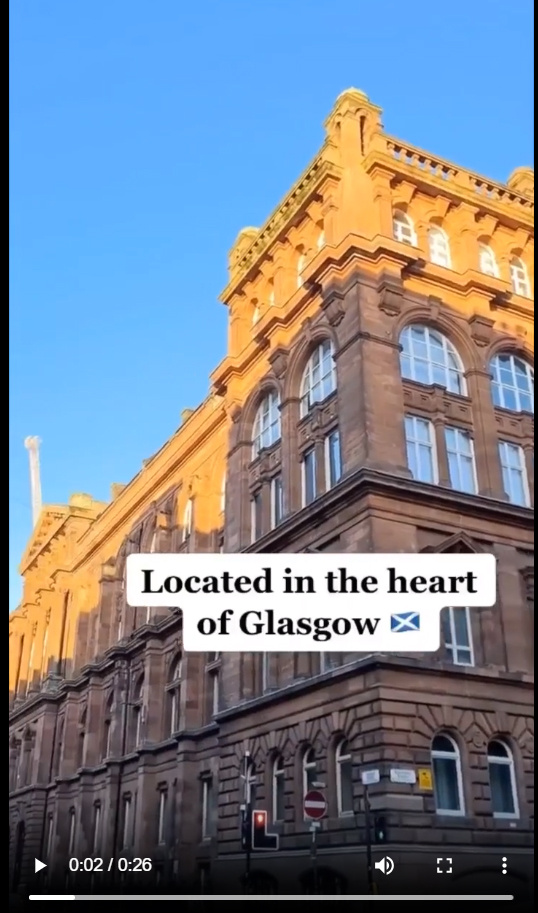
In the beginning, TikTok was all about entertainment. Some people still associate it with how-to videos, dance routines, make up tips and amateur videos produced in poorly lit bedrooms. But when Covid-19 caused mass disruption to education systems worldwide, TikTok raised its game.
In May 2020, the company put aside $50 million for a Creative Learning Fund. They teamed up with museums, scientific organisations, media publishers, educational brands as well as celebrities and influencers to create #LearnOnTikTok which has had over 282.8 billion views.

During the pandemic, higher education students found it was a rich source of high quality content for subjects such as dentistry, mental health and radiology. In early 2023, TikTok added a STEM feed covering subjects related to science, technology, engineering and maths.
TikTok is widely used with more than 100 million active users in Europe so universities have used it to market themselves to prospective students. Lancaster University worked with student ambassadors to create a series of in-feed ads promoting its online open days. The campaign received more than 10 million impressions and more than 90,000 clicks. Other examples included Newcastle University, which prepared a guide to writing the perfect personal statement as well as videos showcasing its campus. The University of Strathclyde produced three creatives, each focusing on a different aspect of university life, in time for the UCAS application deadline.
Learners not in school post Covid
Schools can no longer assume that pupils will turn up each day just because it is the law. Threats and deterrents have had little impact since lockdown. Unauthorised absences spiralled in the 2022/ 23 academic year. 'One in 10 GCSE-year pupils have been absent from school in England each day this year, up 70% since before the Covid pandemic …Thousands more teenagers are attending school only part-time as anxiety, illness and the cost of living crisis fuel extraordinary levels of absence.'